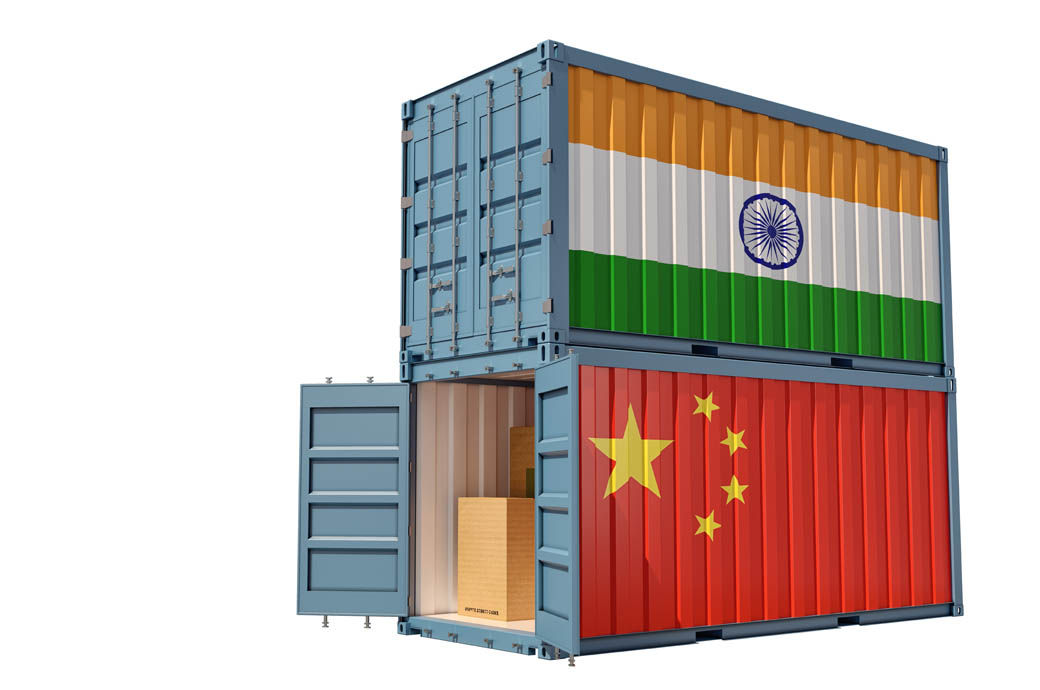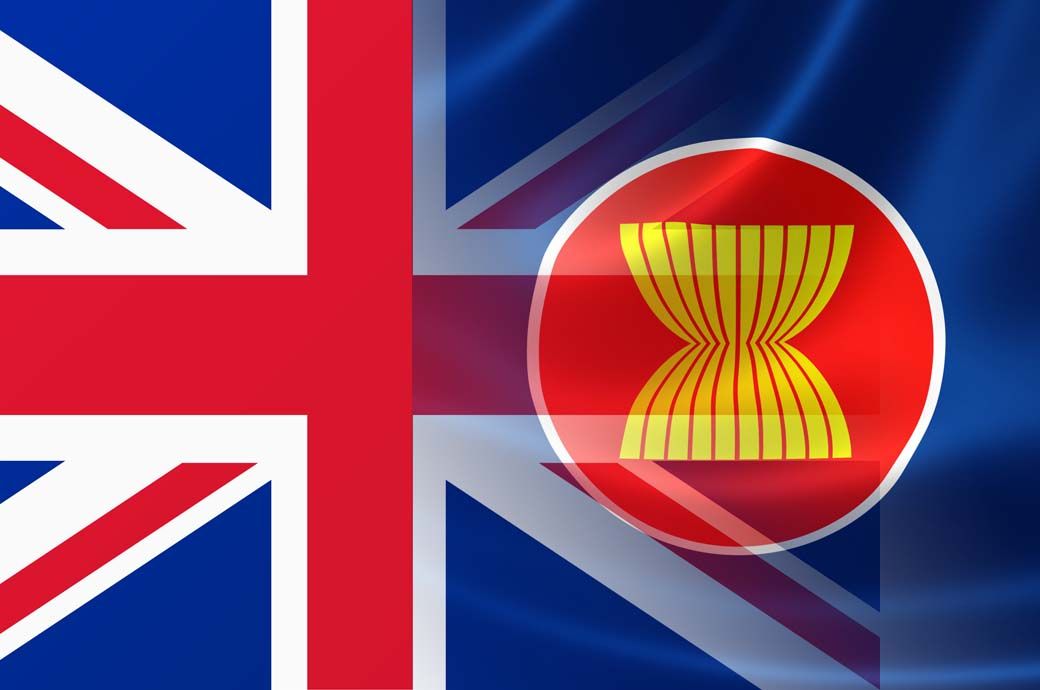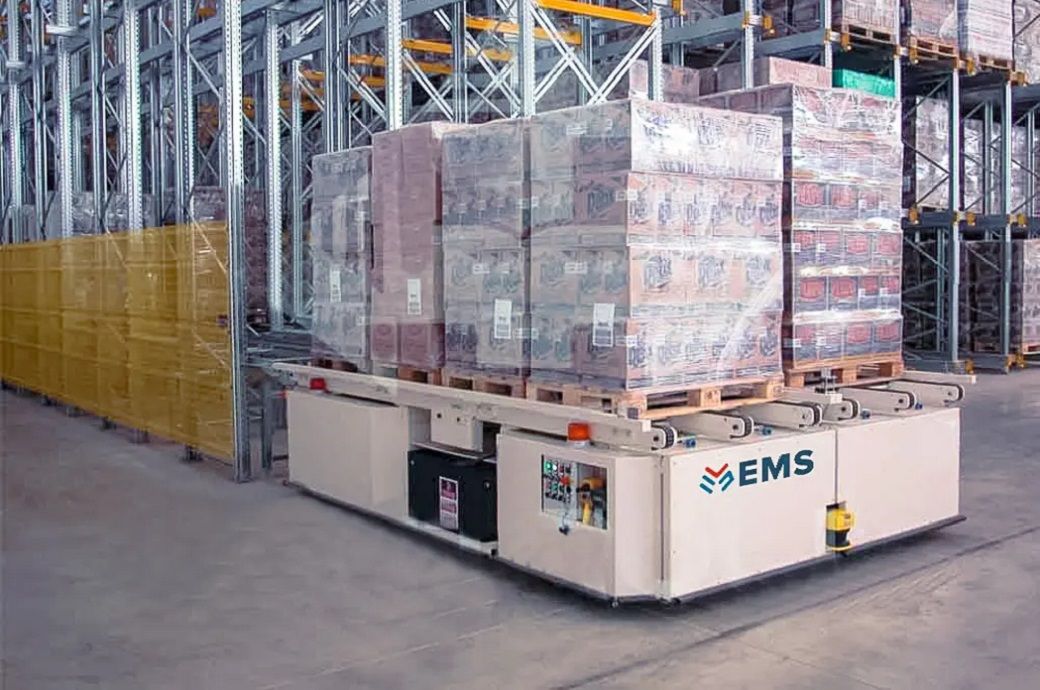The ITMA Nonwovens Forum and ITMA Textile Colourants and Chemicals Forum will be reprised at ITMA 2023. The forums will feature renowned experts who will offer insights into current challenges and share ideas on how the textile industry can achieve sustainability by leveraging innovative technologies.
To be held in Milan, Italy from June 8-14, ITMA 2023 will feature over 1,600 exhibitors from 44 countries, the European Committee of Textile Machinery Manufacturers (CEMATEX) and ITMA Services said in a joint press release.
“Challenges in the industrial environment also bring with them a wealth of innovation opportunities. The ITMA forums will bring together stakeholders across the entire value chain to review the issues of the day, dialogue, collaborate and ensure that we will have a sustainable future. ITMA 2023 offers a unique platform as it attracts all the textile industry players in one convenient place. Delegates can also visit the exhibition to discover new trends and technologies in the sustainability sector,” said Ernesto Maurer, president of CEMATEX.
The Nonwovens Forum will feature a keynote presentation by Dr Bryan Haynes, technical director for Global Nonwovens at Kimberly-Clark Corporation, UK. He will be speaking on the topic ‘Ready Now Nonwoven Solutions for the Global Plastics Crisis’. In his presentation, he will provide insights into solutions that are commercially available, highlighting Kimberly-Clark’s sustainability journey.
According to Dr Haynes, who has a PhD in mechanical engineering from The University of Tennessee at Knoxville, the Single Use Plastics Directive was a wake-up call to the nonwoven industry. Hence, he would like to urge industry players to explore ‘coopetition’ or cooperative competition as this will accelerate speed to market solutions.
Following the keynote, there will be two sessions with presentations by ITMA 2023 exhibitors. The forum will end with a panel discussion on the themes, ‘Leveraging Sustainable Innovation’ and ‘Digital Technology in the Nonwoven Industry’.
The panel includes Dr Haynes and programme committee members Dr Behnam Pourdeyhimi, executive director and associate dean of The Nonwovens Institute; Dr-Ing Martin Dauner, head of competence centre, Chemicals Fibres & Nonwovens of the Deutsche Institute f?r Textil (DITF); and Stephen J Russell, professor of textile materials and technology of Leeds Institute of Textiles and Colour.
Held since 2011, the Textile Colourants and Chemicals Forum will feature a joint keynote presentation by Prasad Pant, director, South Asia, ZDHC Foundation and Sophie Mather, co-founder and executive director, The Microfibre Consortium (TMC).
The presentation, ‘Textile Wastewater: Addressing Microfibre Loss during Manufacture’, focuses on the impact of fibre shedding from clothing during manufacture and consumer use. Microfibres have been flagged as an environmental hazard and the presenters will share the key findings from the joint project by the two organisations on fibre fragmentation in wastewater. Through the presentation, they would like to propel various stakeholders to collaborate towards a sustainable manufacturing value chain.
Pant has a degree in textile chemistry and 30 years of experience in textile processing, dyes, and auxiliaries manufacturing, and marketing and chemical management systems implementation. Mather is a thought leader on sustainable innovation and brings innovative thinking and network to tackle the industry challenge of microfibre release within the clothing industry.
A highlight at the forum is the panel discussion, ‘Unlocking the Decarbonisation Opportunity’ led by Fashion for Good (FFG). Moderated by Jana van den Bergen, FFG innovation manager, the session will map the opportunities for impact reduction and dive into FFG’s D(R)YE Factory of the Future Project. The project brings together key players in the industry and several innovators in pre-treatment and colouration to validate their technologies.
The forum programme committee comprises Andrew Filarowski, deputy chief executive, Society of Dyers and Colourists (SDC); Diana A Wyman, executive vice president, American Association of Textile Chemists and Colorists (AATCC); Frank Michel, executive director, The ZHDC Foundation; Janak Mehta, chairman, Asia Dyestuff Industry Federation (ADIF); and Stefano Cavestro, president, Associazione Italiana di Chimica Tessile e Coloristica (AICTC), added the release.
The Textile Colourants and Chemicals Forum will be held on June 9, 2023, while the Nonwovens Forum will be held on June 10, 2023.
Besides ITMA forums, participants can also attend other complimentary activities, such as the Innovator Xchange (June 9-13) and the Innovation Video Showcase which will feature selected videos from exhibitors.
The upcoming 2023 edition of ITMA, due to be held in Milan, Italy, will showcase the ITMA Nonwovens Forum as well as the ITMA Textile Colourants and Chemicals Forum. The forums will take place on the 9th and 10th of June. At the sustainability event, approximately 1,600 exhibitors from 44 different nations will be in attendance, offering individuals the chance to explore the newest practices and technology in the field.


 World News2 years ago
World News2 years ago
 World News2 years ago
World News2 years ago
 World News2 years ago
World News2 years ago
 World News2 years ago
World News2 years ago
 World News2 years ago
World News2 years ago













